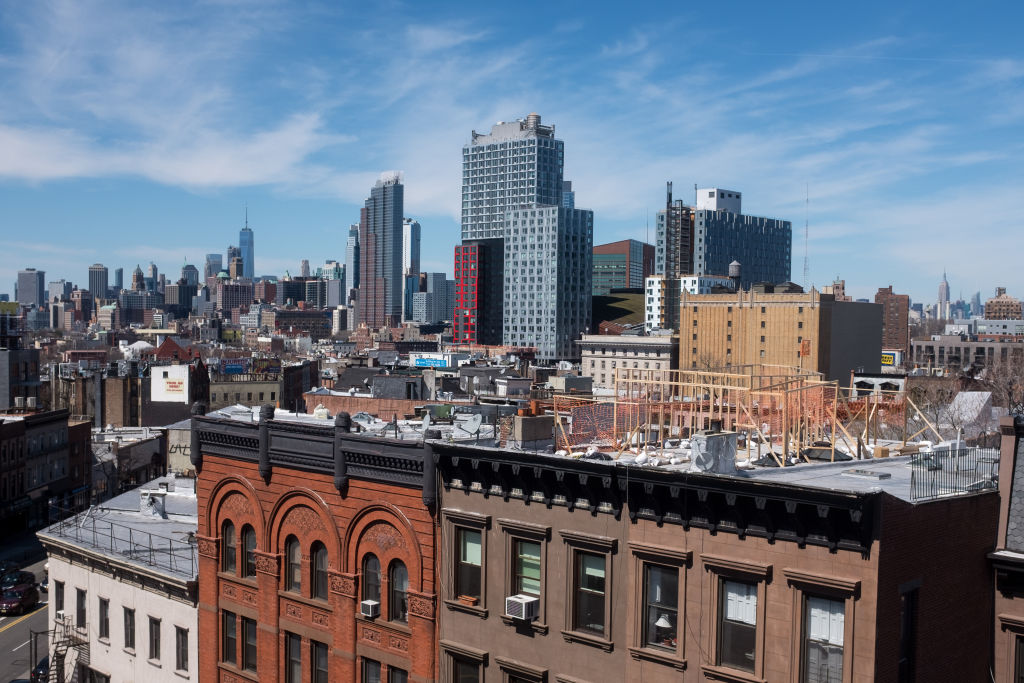The displacement caused by the recent Los Angeles–area fires has renewed attention on price gouging in rental housing. Some landlords were accused of increasing their rents by more than 300 percent — spikes that appeared to violate California law, which like many other states prohibits setting unconscionable prices on necessities.
Or, as we more commonly know it, price gouging.
Notable examples of price gouging include big increases in the cost of bottled water, gasoline, or generators during natural disasters, as well as essential medical devices like the EpiPen or medications like insulin being priced many times higher than the cost of production and distribution. Even in our unabashedly capitalist society, public opinion polls show that price gouging is strongly opposed by the American people.
Which got me thinking about what we see each week in eviction court, where my students and I represent tenants. There, people line up before a judge who tells them the date they will be ordered to move out of their homes. Often they are destined for the streets, or to sleep in their cars or shelters. Why? Because profit-maximizing landlords have set rent rents above what they can afford.
Aren’t they victims of price gouging too?
Defining price gouging is often a “I know it when I see it” exercise. The Harvard Business Review says “price gouging occurs when companies raise prices to unfair levels. There’s no rule for what qualifies as price gouging. . . . It can be hard to tell the difference between supply and demand and price gouging.”
Some state laws try to quantify “unfair” price increases by capping them at a percentage above the seller’s cost — as high as 50 percent in some cases. Others rely on more subjective bans against “unconscionably excessive” prices. But all share a focus on essential goods and services and the need to ensure the public’s access to those goods in a time of emergency.
Now consider how…
Auteur: Fran Quigley

